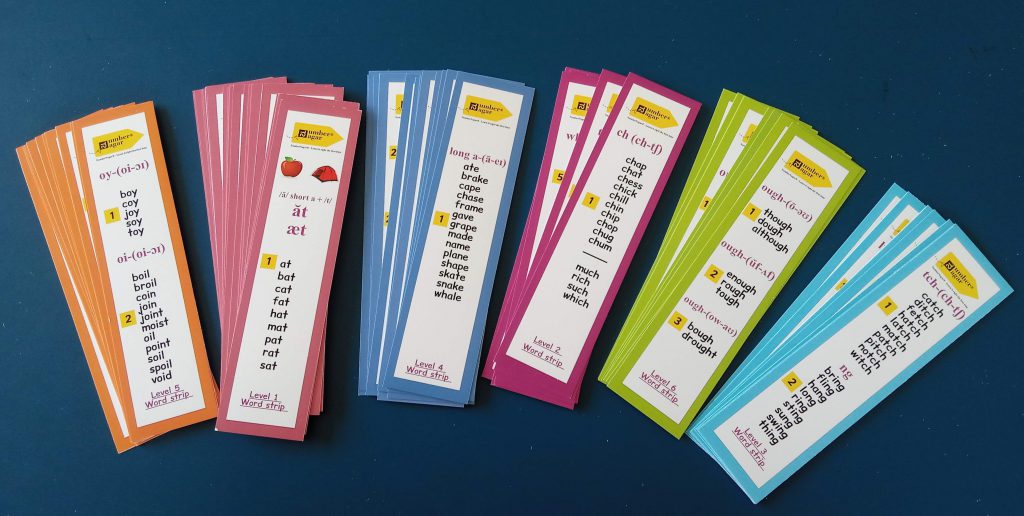Learning Phonics in the creation process
The last few months at NumberNagar® have been greatly filled with Phonics learning. The Research, Design, and Development team has been working incessantly. We have put together the Phonics Kit and companion course and it is now available to buy on our website. Although the Phonics RDD project started more than two years ago, the COVID-19 situation brought this to the forefront. The entire team has had a remarkable learning experience during this time and the learning continues. Here, I explain one concept and its learning impact on me.
Consonant blends and digraphs
There are only 26 letters in the English alphabet and more 40 distinct sounds. Therefore, some letters make more than one sound and letter combinations form new sounds. In consonant sound combinations, there can be two types – blends and digraphs.
Let us look at examples:
Example 1 –
s + l = /sl/
The sound /sl/ is a simple combination of the individual sounds /s/ and /l/. ‘sl’ is a consonant blend. The new sound retains the individual sounds.
Example 2 –
s + h = /sh/
Here the sound /sh/ is not a combination of the individual sounds /s/ and /h/. It is a new sound /sh/. ‘sh’ is a digraph. The new sound is completely different and does not retain the individual sounds.
Below is an audio clip that shows the distinction between these two combinations.
Although I have used these sounds all my life, I was fascinated by learning the logic behind the combination. I believe when children understand this logic when they learn English the first time, it makes their learning less confusing.
Phonics learning and Chemistry
Not only was I fascinated by this logic, but I could also make an instant connection with a concept we learn in school Chemistry. Do you know what that concept is?
Mixtures and compounds! I have taught this to school students innumerable times. It is one of the confusing concepts for students.
In a mixture, the individual elements are physically combined. They retain their individual properties and can be easily separated.
In a compound, the individual elements are chemically combined. They do not retain their individual properties. The new compound is completely new with new properties and cannot be easily separated into the individual elements.
Ever since I learned about consonant blends and digraphs, I have mapped it in my mind that blends are like mixtures and digraphs are like compounds. Easy! I will never get confused about this again.
Connectivity is an integral part of our 5C™ methodology. Making such interesting connections has been one of the most enriching parts of the Phonics learning journey for me. Can you think of other such connections from your subject areas of expertise? You can read some more interesting articles about Phonics learning here and here.
Give the NumberNagar® Phonics Kit a try. Learn Phonics with your child or children in your family. Experience the joy of learning something right the first time and make new connections.
Dr. Soumya Sreehari
Latest posts by Dr. Soumya Sreehari (see all)
- To drink water or not to drink – that is the question - 11 June 2021
- Puzzles for fun and learning - 28 May 2021
- A questioning mind is a thinking mind - 14 May 2021
- Play and learn having fun with words - 7 May 2021
- 4 lessons to learn from the Montessori method - 30 April 2021


Phenomenal… Connecting chemistry and phonics is something fabulous
Thank you so much, Naveen Taj! I am glad that you found the connection interesting.
Good connectivity between English and Chemistry.
Thank you, Vasundara!
Fantastic Soumya…. never thought about the chemistry between phonics & chemistry!!!
Thanks a lot, Sailaja ma’am! I am so glad you found it interesting.